By Jenny Mosley
This follow-up book takes a fresh and creative look at QCT and is full of ideas to take your Circle Time skills and activities to new and exciting levels. It’s bursting with ideas, which include how to make use of a Quality Circle Time Kitbag, how to adapt ideas for nursery and reception classes and how to use visualisation and puppets. There is a thread of real creativity and drama running throughout these pages.
‘New strategies and new directions to make CT even more stimulating and rewarding…brim full of ideas’ – Jayne Harris, Primary SENCO, Support for Learning.
Format: (LDA) 158pp, b&w paperback 195mm x 255mm
For essential open training courses for positive behaviour, social skills, SEAL, emotional wellbeing, self-esteem CLICK HERE.
To book Jenny Mosley for your school or early years setting CLICK HERE.
For all training enquiries, phone 01225 767157 or email circletime@jennymosley.co.uk
3 reviews for More Quality Circle Time
Only logged in customers who have purchased this product may leave a review.
Related products
Send Enquiry for Quality Circle Time and More Quality Circle Time Value Pack
Send Enquiry for The 5 Skills Books and Posters Value Pack
Send Enquiry for Jenny Mosley’s Top Tips for Puppets Scripts
Assemblies
Send Enquiry for They’re Driving Me Mad! Running Circles of Support for Children Whose Behaviour Pushes You Beyond Your Limit
Send Enquiry for 101 Games Multi-pack of 4
Resources to Help Midday Supervisors Engage Even More Positively
Resources to Help Midday Supervisors Engage Even More Positively
Jenny Mosley’s Top 100 Playground Games to Enjoy SEAL Outside
Send Enquiry for Jenny Mosley’s Top 100 Playground Games to Enjoy SEAL Outside
Send Enquiry for 101 Activities to Help Children Get on Together
Books

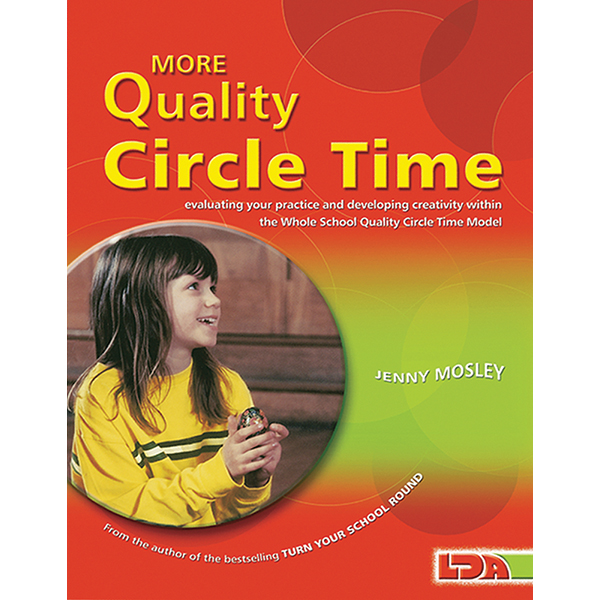
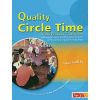
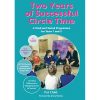
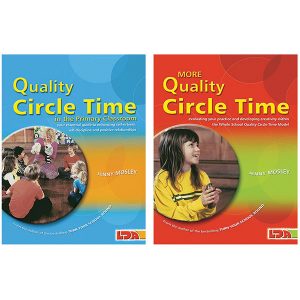
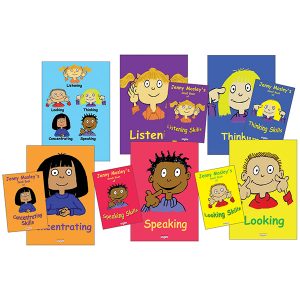
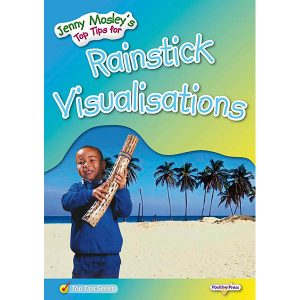
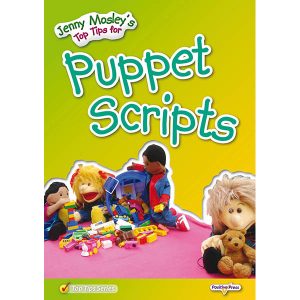
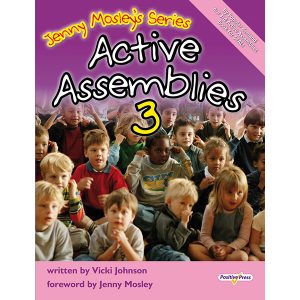
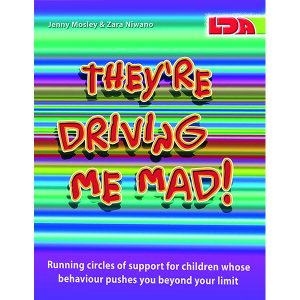
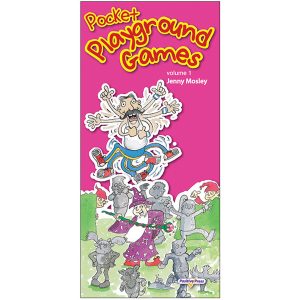
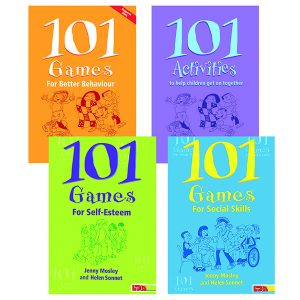
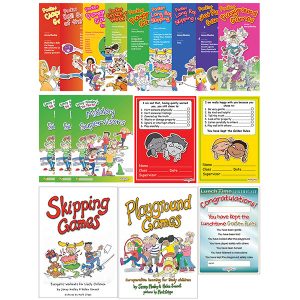
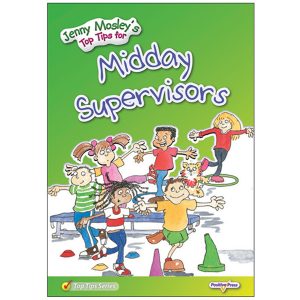
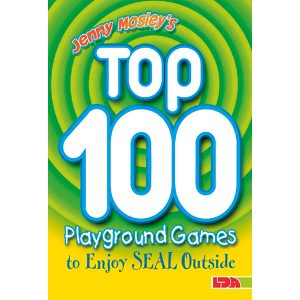
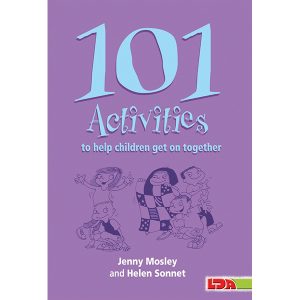
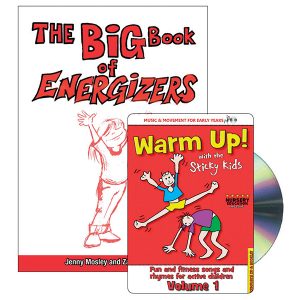
Circle Time –
4.0 out of 5 stars
There were plenty of good ideas for circle time for several age groups and practical advice on how to apply them. The book was clear and easily referenced.
Review by A.Customer (Amazon)
Circle Time –
This book should need little by way of introduction to most readers of this journal. Those familiar with Jenny Mosley’s other work in this area, or those who have attended her professional development sessions, will be well versed in its content and style. As the title suggests – More Quality Circle Time – continues some of the existing themes of Circle Time, whilst adding a series of new ideas to make the activity even more stimulating and rewarding for children. Not only does this book help add new strategies, but it also breaks out in new directions. For instance, there is a section dealing with using Circle Time in nursery and reception classes; there are also some illuminating case studies of Circle Time in use in specific locations. The volume as a whole is brim full of ideas and, as is usually the case with this author, written in an easy style which draws the reader in. That said, I think that the reader may wish to familiarise themselves with other Circle Time publications, which perhaps provide a more ‘nuts and bolts’ introduction to the approach. In sum, this book represents a solid addition to the Circle Time literature. It should be popular amongst converts and addicts alike.
Circle Time –
Jenny Mosley has written widely on Circle Time and this book should certainly help schools to develop some strong strategies for improving all kinds of relationships, whether new to Circle Time or not. Sections and activities include: Getting to Know You; Listening and Concentrating; Feelings; Being Kind; Friendship; co-operation; Solving Problems and Resolving Conflict. There are also detailed, highly readable teachers’notes which share problems encountered by Circle Time practitioners, and a worthwhile section which includes information on training and resources. This book should heop teachers to develop techniques for children to work together. it will make adults in schools more aware of the importance of working together and developing the support networks that come from successful and effective teamwork.